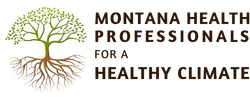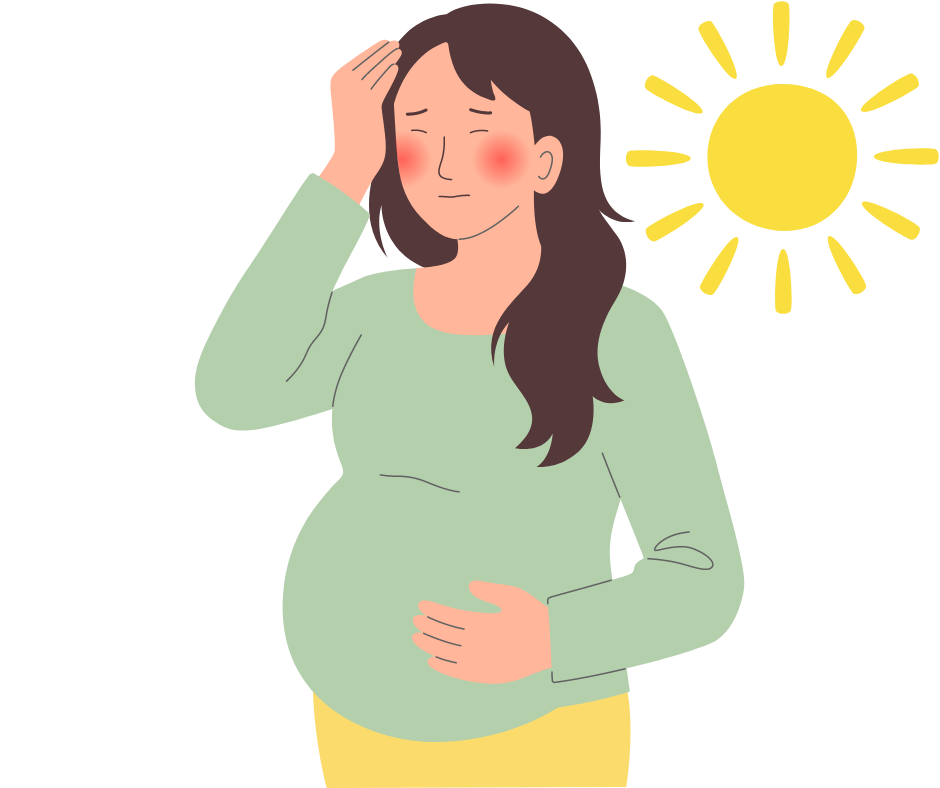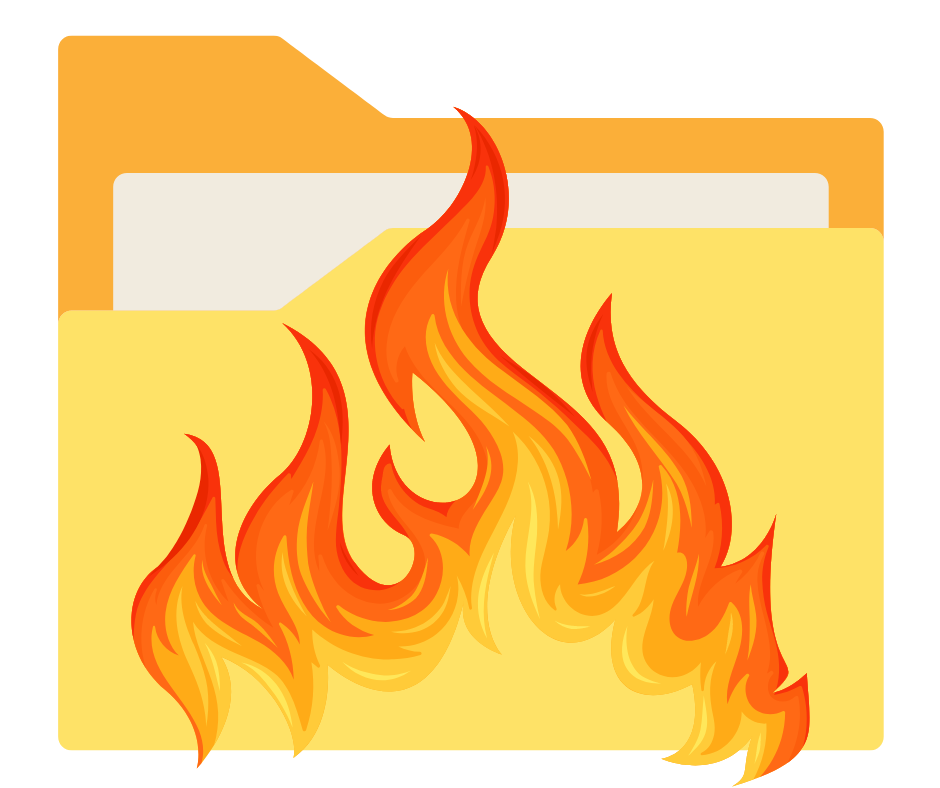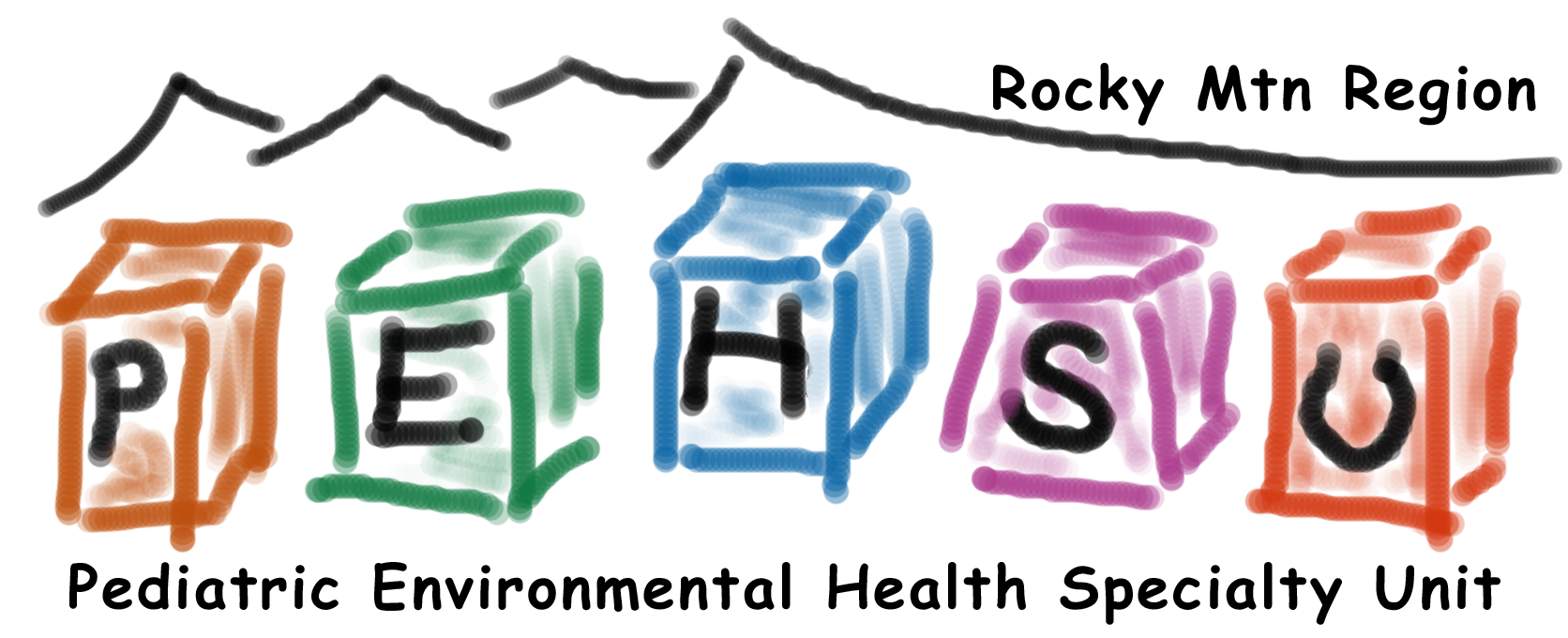Patients
What you should know:
- Montana is getting more days over 90°F (source). Pregnancy makes you more sensitive to temperature extremes. Heat waves can stress your body and mind, causing health problems for both you and your baby (source, source).
- Montana is getting more wildfires and more smoke (source). Exposure to wildfire smoke raises your risk of gestational diabetes and high blood pressure, as well as the risk of your child being born pre-term, underweight, and with birth abnormalities (source). Wildfires can stress your mental health and also affect your child's developing brain (source).
What you can do:
|
|
Moms making a difference:
Mom's Clean Air Force is a powerful group of moms fighting for a healthy climate. Join the force!
Mountain Mamas play hard and worker harder for clean and healthy public lands. Come to a fun event & take action.
Families for a Livable Climate has volunteer groups working on clean energy, healthy schools, plastic pollution, sustainable investing, and common good. Join a working group!
Mountain Mamas play hard and worker harder for clean and healthy public lands. Come to a fun event & take action.
Families for a Livable Climate has volunteer groups working on clean energy, healthy schools, plastic pollution, sustainable investing, and common good. Join a working group!
Providers
What you should know:
HEAT
Montana is predicted to have 5-35 more days of extreme heat (over 90°F) by 2050 (Whitlock et al, 2017). This will also cause further flooding and droughts, decreasing the availability of clean water and food security.
- Exposure to extreme heat in utero increases risk for heart defects (Zhang et al, 2019), congenital cataracts (Zutphen et al, 2012), premature birth (Basu et al, 2010), and low birth weight, especially in the early stages of pregancy and among disadvantaged groups (Chersich et al, 2020).
- Extreme heat increases the risk for severe and dangerous complications for pregnant people, especially during the third trimester (Jiao et al, 2023).
AIR POLLUTION
Due to increasing wildfire smoke, tillage during drought, and inversion layers condensing wood stove use in winter, particulate matter is seasonally elevated in Montana (Whitlock et al, 2017; to look up your county see American Lung Association's State of the Air 2023). The pollutant of particular concern is particulate matter 2.5, or PM 2.5, tiny particles 2.5 microns or smaller in width. These particles can travel deep into the lungs.
- Wildfire smoke exposure increases the risk of gestational diabetes mellitus and gestational hypertension (Evans et al, 2022).
- Maternal exposure to air pollution is also related to low birth weight, preterm labor, and stillbirth (Bekkar et al, 2020), abnormal brain development (Payne-Sturges et al, 2019), and childhood hypertension (Zhang M et al, 2018).
NATURAL DISASTERS
Rapid spring floods, extreme wildfires, and other natural disasters are increasing in Montana (Whitlock et al, 2017).
- This causes displacement, interrupting prenatal and postpartum care (Rassmussen, 2022).
- Postpartum parents are at risk for severe stress and other mental health issues when exposed to natural disasters (Payne-Sturges et al, 2019).
- Floods correlate with increase in maternal stress, anemia, eclampsia, and miscarriages (Crimmins, 2016).
- Flooding creates a risk of unsafe drinking water and bacteria diseases (Adams et al, 2021).
What you can do:
- Share community emergency response planning with patients to prepare for evacuation in the case of flood or fire.
- Teach patients to avoid outdoor activity if the Air Quality Monitor is orange, meaning "unsafe for sensitive populations."
- PM 2.5 increases even indoors during smoky days, so encourage patients to use an air filter and close windows when possible (Walker et al, 2023). We have instructions for a low-cost DIY filter here.
- Schedule prenatal appointments in the early morning and late afternoon to avoid high-temperature times of day.
- Encourage patients to evaluate sources of indoor air pollution such as gas ranges, wood stoves, and secondhand smoke.
- Encourage local clinical and community-based research on climate change and maternal-fetal health.
- Ask your healthcare center to support environmentally sustainable methods. Our administrator tab below has many resources.
- Download our patient handout below:
| pregnancy._patient._flyer._1_pg.pdf | |
| File Size: | 1393 kb |
| File Type: | |
Administrators
WHAT TO KNOW
Our state's climate is rapidly changing. Two of the most concerning changes for maternal health are increasing days of extreme heat and increasing wildfires. In eastern Montana, by 2050 we are expected to have around three more weeks above 90°F every year, and an overall increase in wildfires (Whitlock et al, 2017).
|
Pregnancy lowers the body's ability to cool off. Extreme heat (90°F+) can cause:
|
Wildfire releases tiny smoke particles (called PM 2.5) that go deep into the lungs when inhaled. Wildfire smoke can:
- trigger high blood pressure and diabetes in pregnant people (Evans et al, 2022)
- disrupt fetal brain development (Payne-Sturges et al, 2019) and cause low birth weight, pre-term birth, and miscarriage (Bell et al., 2007).
WHAT YOU CAN DO
Emergency Preparedness
|
Sustainability
The US healthcare system is responsible for 10% of national greenhouse gas emissions (Eckleman and Sherman, 2016). If this sector were a country, its' greenhouse gas emissions would be more than the entire UK! There are things you can do to make your hospital more efficient, saving money and the climate at the same time.
|
Communications
|
|
From all of us at MTHPHC, thank you for making a difference!





